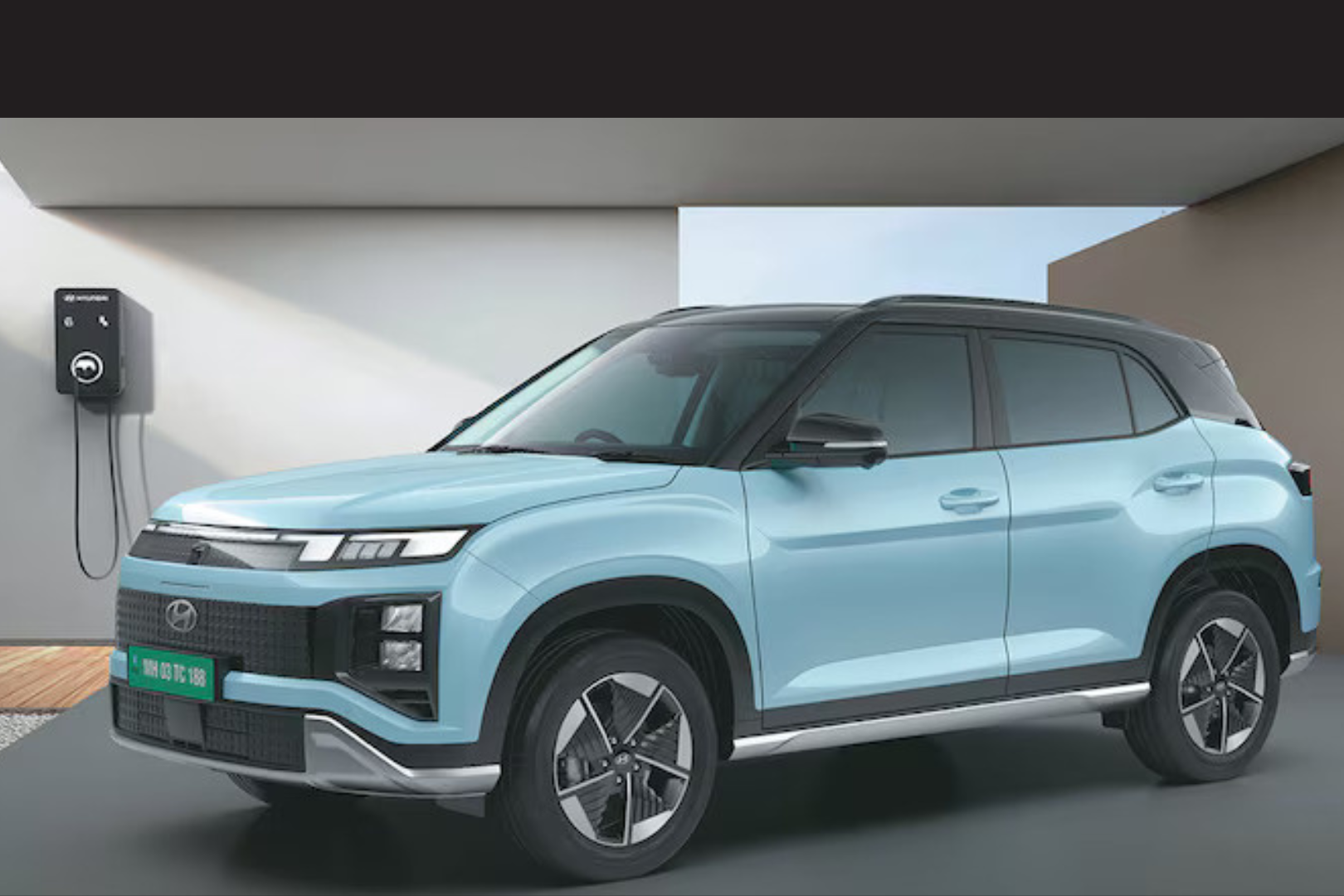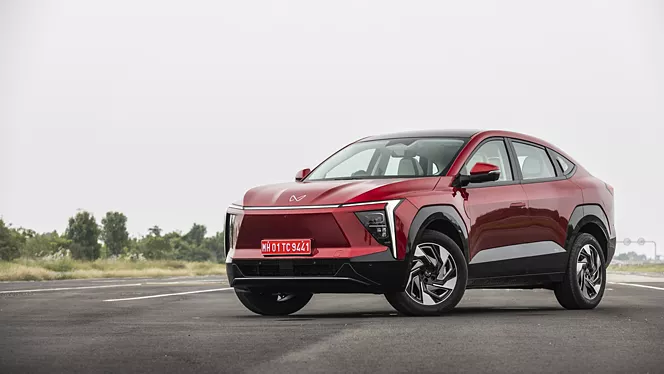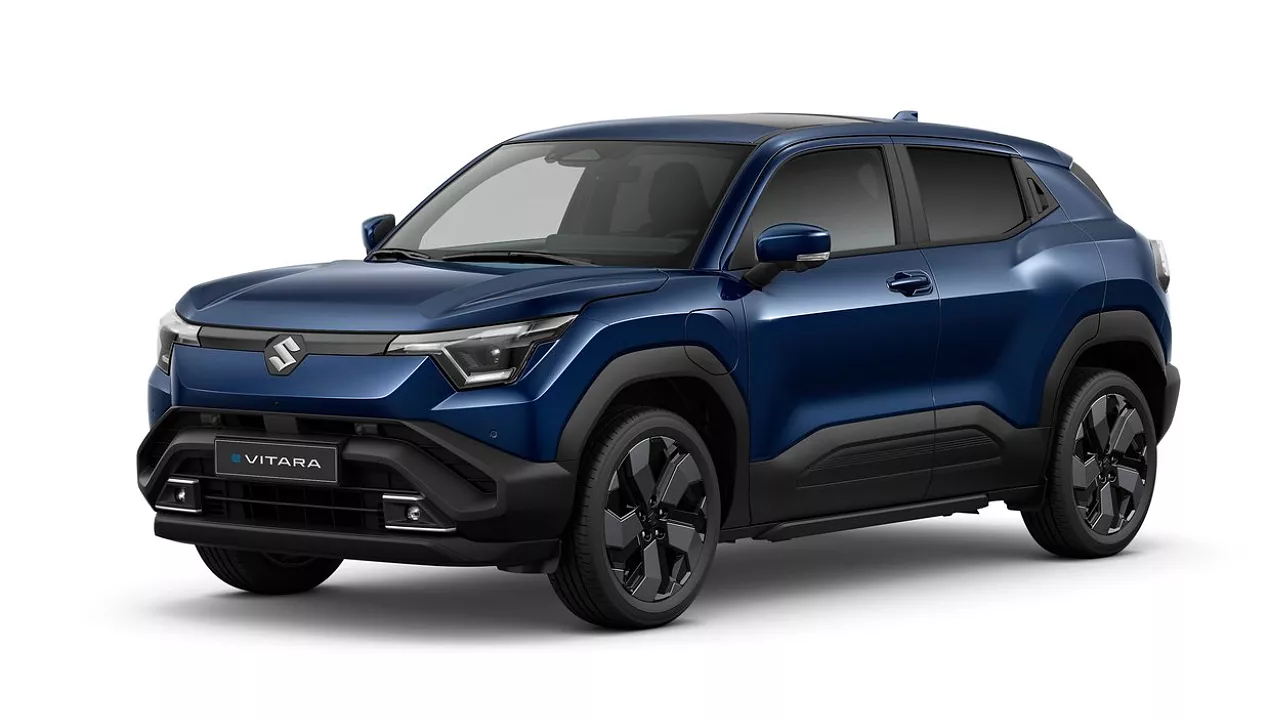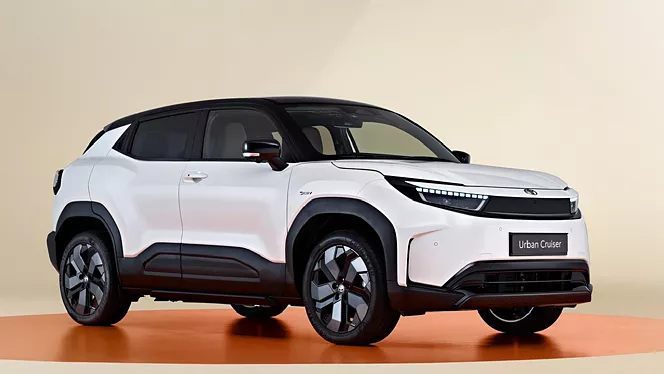As we step into 2025, the electric vehicle (EV) landscape is set for a dramatic transformation. New models, groundbreaking technologies, and an increased focus on sustainability are on the horizon. This blog takes a closer look at some of the most anticipated electric cars making their debut this year, along with the trends and innovations shaping the future of transportation.
Exciting New Models
2025 is shaping up to be a year of electric vehicle breakthroughs, with several highly anticipated releases from major manufacturers. Here are some of the standout models to look forward to:

Hyundai Creta EV
Launch Date: January 17, 2025
Expected Price: ₹20 lakh
Key Features: Drawing inspiration from the popular internal combustion version, the Creta EV will boast dual 10.25-inch screens, advanced driver assistance systems (ADAS), and a range of approximately 400 km on a full charge.

Mahindra XEV 9e
Expected Launch: March 15, 2025
Expected Price: ₹21.9 lakh
Highlights: This electric SUV is set to impress with a larger battery pack and enhanced off-roading capabilities, featuring a dual-motor setup designed for rugged terrains.

Tata Harrier EV
Expected Launch: January 2025
Expected Price: ₹30 lakh
Specifications: Promising a range of over 500 km, the Tata Harrier EV will offer a suite of premium features, including a panoramic sunroof and top-tier safety systems.

Maruti Suzuki eVitara
Launch Date: January 2025
Expected Price: Starting at ₹22 lakh
Details: Maruti’s first fully electric vehicle, the eVitara, will feature a dual-motor all-wheel-drive system and a driving range of around 550 km, making it a strong contender in the electric SUV market.

Toyota Urban Cruiser EV
Expected Launch: Early 2025
Overview: Built on the same platform as the Suzuki eVitara, the Urban Cruiser EV will share many similarities but come with its own unique design features.
Other Notable Mentions:
- Mahindra XUV3XO EV
- Kia Carens EV
- Tata Sierra EV
These models highlight an exciting trend as automakers expand their electric offerings to cater to a wide range of customer preferences.
Trends Shaping the Future of Electric Vehicles
Battery Technology Advancements
The evolution of battery technology remains a key focus for EV development. Notable innovations include:
- Solid-State Batteries: Offering higher energy densities, faster charging times, and enhanced safety, these batteries could significantly improve EV performance.
- Increased Range and Faster Charging: Manufacturers are working to extend the driving range of EVs while also reducing charging times, with ultra-fast charging stations capable of delivering up to 350 kW.
Expansion of Charging Infrastructure
For widespread EV adoption, charging infrastructure is essential:
- Ultra-Fast Charging Stations: Networks like Tesla’s Supercharger V3 are transforming the EV experience by enabling drivers to recharge quickly, gaining hundreds of miles in just minutes.
- Wireless Charging: Emerging inductive charging technologies allow EVs to charge simply by parking over a designated pad, eliminating the need for physical connections.
Vehicle-to-Grid (V2G) Technology
V2G technology is revolutionizing how electric vehicles interact with the power grid. It enables EVs to return electricity to the grid, offering:
- Energy Storage: EVs can help stabilize the grid during peak demand, acting as mobile energy storage units.
Autonomous Driving Features
As electric vehicles evolve, so too does their integration with autonomous driving technologies. AI, advanced sensors, and machine learning are paving the way for self-driving capabilities in future electric models.
Conclusion
The electric cars of 2025 represent a bold leap toward a sustainable transportation future. With advancements in battery technology, expanded charging networks, and the rise of autonomous driving, the EV market is poised for incredible growth. As manufacturers continue to unveil innovative models that meet diverse consumer needs, 2025 is sure to be a transformative year for the automotive industry. By embracing these advancements, we are not only improving our driving experiences but also contributing to a greener, more sustainable planet.






